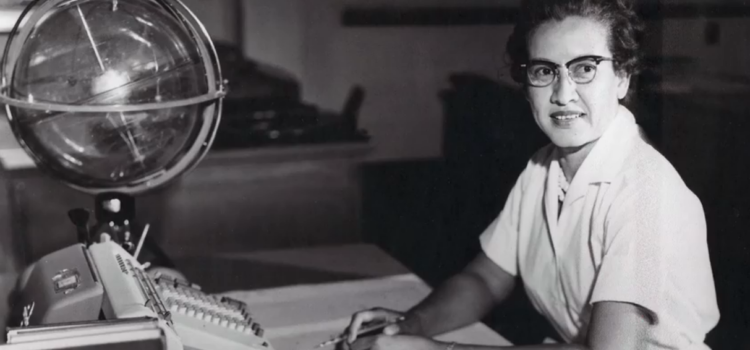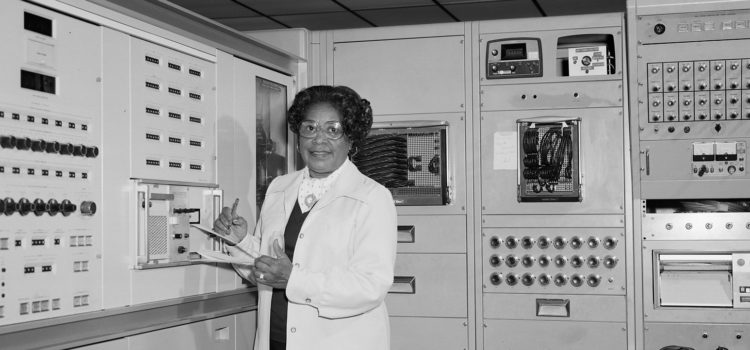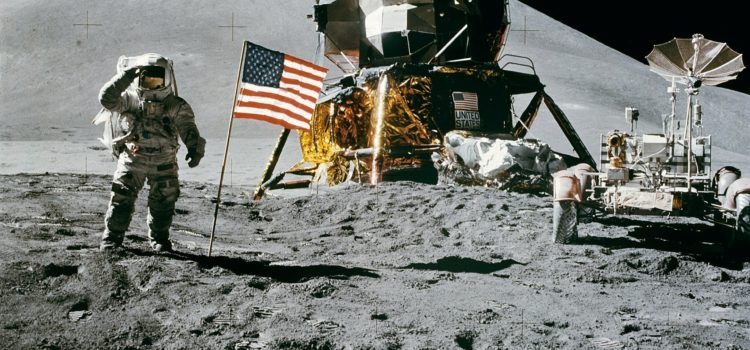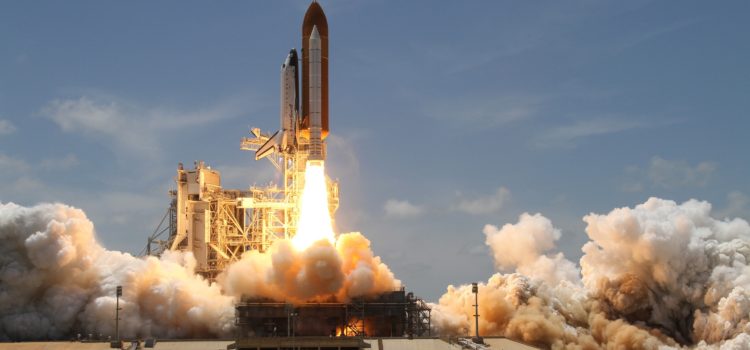What were NASA human computers, and what were they used for? And who were the women who worked as black computers in the famed West Computing Group? In its earlier days, NASA (then NACA) employed an army of people, typically women, to work as NASA human computers. Amongst these people were the black computers who are the focus of the book Hidden Figures. Find out what they did, and how they changed NASA forever.
NASA Human Computers: The Unsung Heroes of the Space Age










